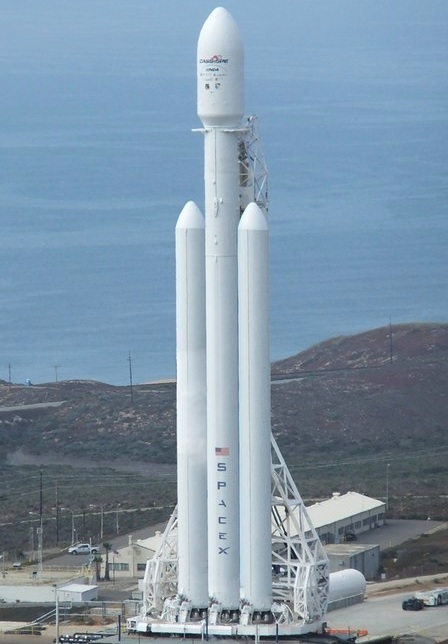Keeping track of units is often the difference between math and physics, and it's a great way to check your work. When you're in doubt about your equation setup, nothing is better than getting an answer with the correct units. Then again, nothing is worse than writing  .
.
But sometimes identical units are not equivalent. We've already encountered one such case with Newton-meters of torque and Newton-meters of energy. They are not the same, and they don't even measure the same thing! You might as well add meters and seconds!
We are aware, but maybe don't understand that torque is more nearly a measure of force than energy, and it can exert energy over rotation;  .
.
If the reason hasn't become apparent for the difference yet, we can just discuss a different standard (but uncommon) unit for torque. Torque can be given in Joules per radian. Looking at the above equation, that makes a lot of sense. So maybe we would write "J/Rad." Radians are unit-less, but we absolutely could not just write J! This makes sense, but can be confusing conceptually and in notation.
There are a few other places where we can see units that could be equivalent, but aren't. The rocket pictured below has just shy of 10,000 m/s!
As anyone can see, it is firmly planted on the ground, so we're not talking about velocity. Not really anyway. The FalconX Heavy is designed to take its payload to low earth orbit, so it is designed and fueled with about 10,000 m/s of δv (delta-v). Delta v is an integral of acceleration, which itself explains the units (meters per second squared over all time), but it makes sense too! With no external forces, the force of the rocket would accelerate it by 10,000 m/s. The reason delta-v isn't a more common measurement is the caveat of no external forces. Even though FalconX Heavy has 10,000 m/s of delta-v, it never goes 10,000 m/s in velocity (LEO velocity is closer to 7 km/s) because it starts on Earth's surface and loses delta-v to gravity and drag. Still, delta-v is more useful than just the work that can be done by the rockets, because it accounts for the mass of the rocket. Thus, with full payload and aiming for LEO, each of the below rockets needs nearly the same delta-v, but vastly different energy.
The units for this difference make sense as well. If we start with the potential energy of any of the rockets in J, we have  . If we want to divide out the mass and orbital speed at desired altitude, we will, in fact, be left with m/s.
. If we want to divide out the mass and orbital speed at desired altitude, we will, in fact, be left with m/s.
Interestingly, each of these cases involved the difference between a scalar and a vector! Even if you haven't done as much of it in terms of hard math, there's no logical way to add a scalar and vector if you look at them. This is similar to the difference between mass and weight, but for me, these differences are a little difficult to conceptualize, so it makes more intuitive sense in these unit-based terms than by the vector explanation alone.


No comments:
Post a Comment
Note: Only a member of this blog may post a comment.